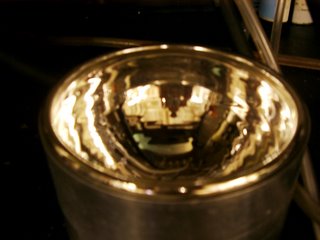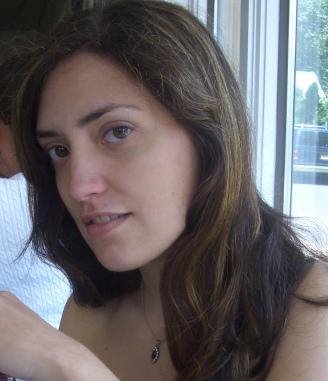Pimp My Instrumentation
With the arrival of the MacMillan group, change is sweeping our lil' department. We are getting three new NMR spectrometers to complement what we currently have. They won't be ready to use for a little while, but I'm really looking forward to the day when I will no longer have to wait in line to use the instrument and get the data I need to move forward.
NMR is short for Nuclear Magnetic Resonance. An NMR spectrometer is a machine that operates on the same principles as an MRI (magnetic resonance imaging). Don't get worried when you see the word "nuclear"; this instrument's no more dangerous than an MRI (unless you wear a pacemaker). We organic chemists use NMR several times a day to help figure out the chemical structure of the stuff we make.
Non-chemists, all you need to know is that compared to what we had before, this is frickin' sweet.
Now, for specifics:
Our old NMR's are Varian's and the new ones are Bruker's. Having only used Bruker as a biochemistry undergrad taking phosphorus NMR's, I can't really compare the experience. It seems like most organic chemists feel strongly that one is better than the other, and that Jeol is a distant third.
We get a couple of cryoprobes, specifically Bruker's TCI probe and QNP probe. The latter apparently allows users to switch by computer between 4 different nuclei without changing the probe tuning.
Also, we will have probes with heightened carbon sensitivity, meaning you can take a carbon NMR in the same time it would take for a proton (a couple minutes).
These instruments are actually located pretty close together and it's going to take some extra effort on Bruker's part to make sure everything works normally. Bruker may use our department to showcase their Ultrashield NMR's and the compact setup.
Each system is fully automated. We will just drop off our NMR tubes into the autosampler and the instrument will print out a spectrum and email the raw data and pdf of the spectrum to us.
There's a Bruker rep on campus every day setting up this instrument and its software, as well as the 2 other NMR's, which'll be in the next room. More as it develops.

And here's one of our babies as it stands now. (A big thank you to Istvan Pelczer for this photo.)
If you haven't seen one of these instruments before, the magnet in the instrument needs to be kept cold, so it's encased in an insulating metal container that's filled with liquid nitrogen and liquid helium. That's really cold, far below zero.
Labels: around the lab




